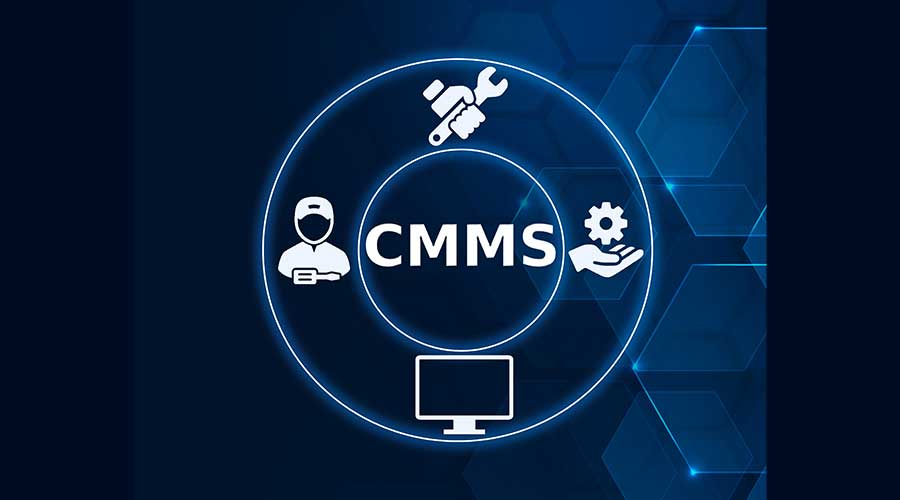3 Roadblocks to BIM
Building information modeling can deliver a range of benefits, but managers have been hesitant to implement it in their facilities
What’s the hold-up to the implementation of building information modeling (BIM)? Given the range of benefits it can deliver to institutional and commercial facilities, why have more building owners and facilities managers not taken the step of implementing the technology in their organizations? These roadblocks are the most common.
Cost. “I’d say the most common roadblocks for the implementation of BIM and facility management include the initial investment cost and lack of standardized data formats and interoperability,” says Adam Roth, BIM/VDC director at Henderson Engineers.
Organizational resistance. “Resistance to change within the organization, including cultural shifts and workflow adjustments, can impede BIM adoption,” says Allen Angle, VDC-FM integration manager with JLL Technologies. “Owners may also lack the internal expertise, manpower, and understanding of how to implement BIM effectively.
“Owners also may struggle with well-developed and -organized data standards for the design and construction team to follow and collect. Managing the vast amount of data generated by BIM throughout the design and construction lifecycle can create challenges for owners to implement into their operational systems.”
Misconceptions. Many managers and owners also might be forming their opinions of BIM without all the necessary information about its workings and the way it can benefit organizations.
“I’d say the most common misconception about BIM and its benefits include the idea that BIM is only useful in the design and construction phases of a building,” Roth says. “Really, its value extends throughout the entire life cycle of the building.
“Another misconception is that BIM is overly complex or only suitable for large projects. In reality, it can be scaled to fit any project of any size and complexity.”
What lies ahead?
For facilities managers overwhelmed by the workings of BIM and the potential implementation challenges the technology presents, Roth says these obstacles might not be as daunting as they seem.
“Facilities managers may be more advanced than they realize in their understanding of BIM,” he says. “Their familiarity with spreadsheets means they are accustomed to managing data, and BIM is essentially similar, albeit with the advantage of being part of a connected database system.
“Understanding and utilizing that advantage is where the facilities managers need to progress. Their understanding of the concepts of BIM is there. The applicability of the data to their day-to-day jobs is not there, and that’s where we need to progress.”
Decisions such as the one to plunge into the BIM world will require a commitment on the part of the organization, but managers do not need to lead the charge. But their experience and insights will be critical to success.
“Facilities managers don’t necessarily have to be the point person doing the task, but they have to have enough base knowledge to be able to direct those tasks effectively,” Roth says. “Managers will need to learn new skills, and there’s no way around that. But those new skills are going to be required for the next generation of facilities management.”
Dan Hounsell is senior editor for the facilities market. He has more than 30 years of experience writing about facilities maintenance, engineering and management.
Related Topics:













